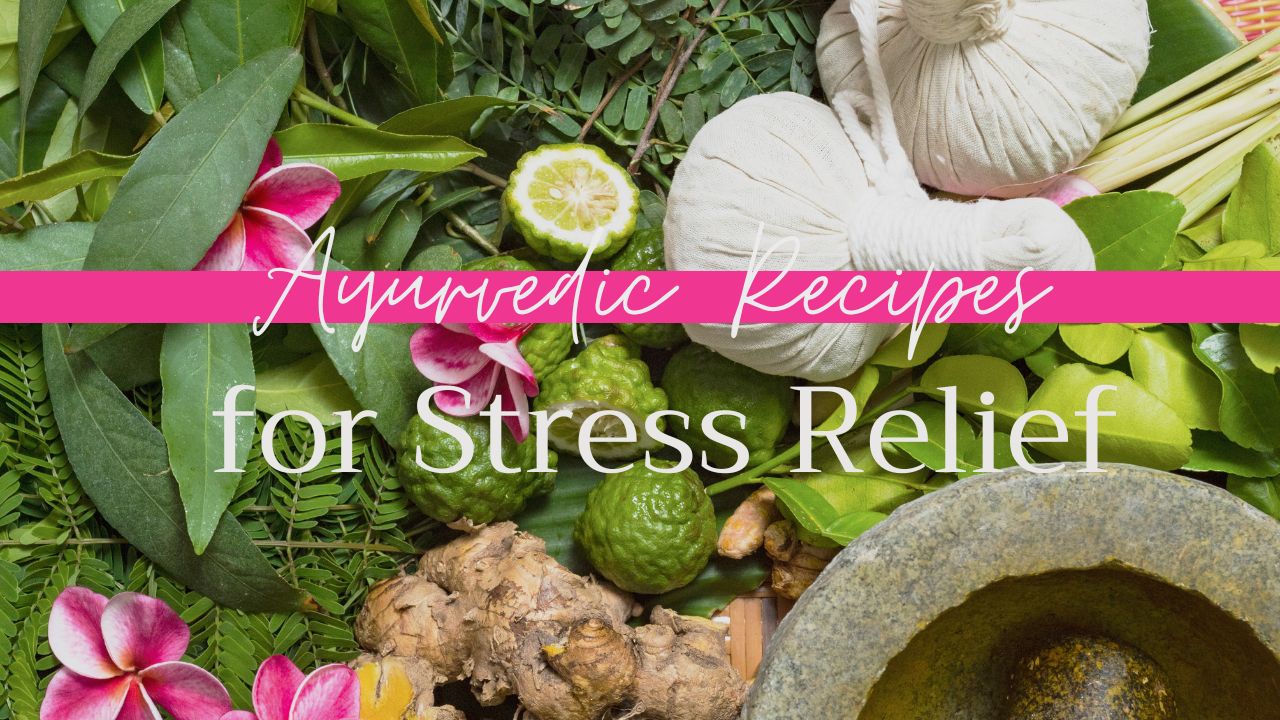Without a proper diet, medicine is of no use. With proper diet, medicine is of no need.” – an ancient Ayurvedic proverb that clearly states the importance of appropriate food and diet. Ayurveda, also known as “the science of life”, is an old Indian system of natural medicine that focuses on the balance between mind and body. This balance is achieved by using herbs, spices and other natural ingredients to promote health and longevity. We eat food to get energy and strength, but sometimes we forget that food can also help us bring peace and wellness. For example, turmeric has been used in Indian cooking for centuries. It’s a relative of ginger and has anti-inflammatory properties. It is the “golden spice” of the east, which has been used for thousands of years in India and other Asian countries. It has been used as food and medicine in Ayurveda too.
Origin of Turmeric Latte
Turmeric milk, or haldi doodh, was treated as a one-all solution in every Indian household for various ailments. Turmeric is a spice with powerful anti-inflammatory properties. It’s also rich in antioxidants, which can help fight free radicals in your body and reduce your risk of heart disease. It also relieves pain and inflammation and boosts mood and memory. But before turmeric milk or haldi doodh was transformed into a fancy turmeric latte, we used it as a home remedy for aches, pains, bruising or swelling, minor cuts or wounds, sniffling or coughing. It was the first thing our mothers gave us when we needed an immunity boost. Our mother and grandmother insisted on us drinking a glass whenever someone fell and got hurt or caught a cold. Turmeric, also known as Haridra in Sanskrit, has a bitter, astringent, and pungent flavour. According to Ayurveda, each taste corresponds to the balance of the doshas, which is why the turmeric latte is considered the “golden drink” with miraculous benefits listed later in this blog.
Turmeric Health Benefits
The ingredient in turmeric is curcumin, which gives the spice its yellow colour. Curcumin is known to have antioxidant properties and helps fight various ailments. It has medicinal benefits, including reducing inflammation, improving digestion, and detoxifying the body. Turmeric health benefits have always been valued by Indians, which is why it is a popular spice in many Indian households. There isn’t a single day that we don’t use it in our kitchen. We don’t think we could work without turmeric in our kitchen, and any Indian would struggle to have a kitchen without turmeric.
Now, let’s dig into the various benefits of turmeric:
- It is an excellent immune booster when suffering from a cold, cough, sore throat, headaches, joint aches, and other ailments.
- It is anti-inflammatory as well as antioxidant.
- It can reduce swelling and pain caused by wounds.
- It has antibacterial and antifungal properties as well.
- It prevents infections and heals wounds.
- It acts as an immunity booster.
- It has antifungal properties.
- Detoxifies the liver by ensuring smooth flow of the bile juice
- Apply it topically to the skin for cuts, boils, bruises, and wounds, and the list goes on.
Turmeric Latte: Recipe, Direction and Optional Ingredients
Let’s start with the most straightforward method.
Then, as desired, add optional spices.
Ingredients:
- 1 cup of organic whole milk
- One teaspoon of powdered turmeric
- A pinch of ground black pepper
Directions:
- First, heat the milk in a saucepan over low/medium heat.
- Bring the milk to a boil.
- Mix in the turmeric and black pepper.
- Allow simmering for a few minutes, stirring occasionally.
- Turn off the heat.
- Serve immediately.
- Finally, while it is still hot, drink slowly.
Optional ingredients:
After it has cooled,
- Add honey or sugar to taste.
(Notice: Never cook with honey. Ayurveda considers heated honey to be toxic (tough to digest)).
If you’re using it for a cold or cough,
- Add a quarter to half teaspoon of ginger powder.
- Quarter – half tsp of cinnamon for flavour.
- If you take it at night, add half – 1 tsp ghee for a deeper sleep.
- If desired, you can add vanilla essence or extract.
The amounts are for an adult who is in good health. Dosage may differ for children or the elderly.
Ayurveda- The pathway to good health!
In today’s world, we are surrounded by stress, so much so that it has become a part of our life. This stress affects us both physically and mentally. The good news is that with this turmeric latte recipe, you can get an immunity boost every night or at your preferred drinking time.
At Ayurveda Awareness Centre, we believe that our minds and bodies require nourishment and proper foods. So, begin enhancing your diet with Ayurveda by following our course “Three types of foods and how they influence the mind- Eating foods for peace,” and you’ll understand the significant health benefits of certain foods. This four-week live course delves into various aspects of diet and nutrition, contributing to our overall health. This course will focus on foods that are beneficial to your health and let you achieve inner peace. Avoid eating foods that cause agitation or lethargy.
The “Three types of foods and how they influence the mind- Eating foods for peace” course is for those who want to make conscious life choices in terms of diet and lifestyle principles, learn the effects of food on the mind and many more. You can connect, learn, and discuss more here online. If you want to join the sessions with AAC, you can start small, take one step at a time, and build a lifelong relationship with us!



